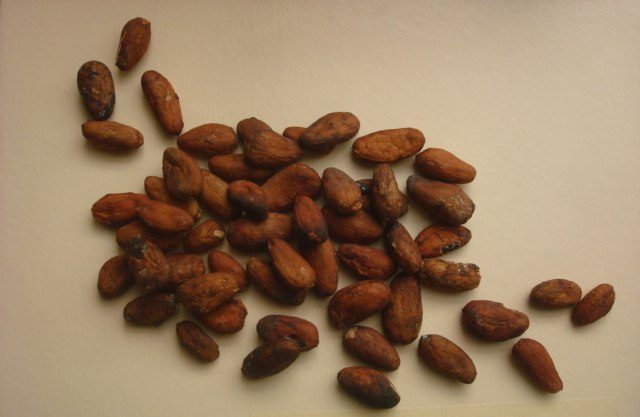Cocoa farmers in Ghana have gained a marginal 0.03% farm gate price increase for the 2025-26 season.
According to a letter by the Ghana Cocoa Board (COCOBOD) to registered traders, the price remains 3,100 cedi ($199.3) per 64 kg.
Equivalent to 49,600 cedi ($3,189) a tonne, the latest fixture mirrors the last increase in October 2024 of 48,000 cedi ($3,062).
The offer is notably below Ivory Coast’s April 2, 2025 mid-season minimum raise of 22% to 2,200 francs ($3.68) a kg.
Addressing the Licenced Cocoa Buyer’s Association of Ghana, COCOBOD links its reappraisal to thorough operational and financial evaluations.
The board also affirmed that the price maintenance will ensure sustainability and farmers’ welfare in the long run.
COCOBOD’s decision also captures reigning market forces such as international rates, which have lately turned unpredictable. Despite generally downsizing by 41% between December 2024 and April 2025, cocoa prices still surpassed $11,000 per tonne last February.
Another influence is positive domestic production prospects, which the board’s letter did not mention.
According to the U.S. Department of Agriculture (USDA), Ghana’s 2024-25 cocoa output will climb 32% year-on-year to 700,000 tonnes.
This uptick production forecast will fuel exports, which will likely hit 520,000 tonnes or 55% above foregoing estimates.
Previous estimates in late 2024 had put the current season’s exports ending September 2025 at a meager 336,000 tonnes.
Whether or not production promise has influenced the newest price fixture, it is clear that Ghana is treading a cautious path. In coming months the country will review the issue further based on the reigning market trends. To learn more on how market forces affect domestic cocoa pricing, read on the statistics section below.
Statistics on Ghana Cocoa Pricing Influences
The Producer Price Review Committee (PPRC) of the Cocoa Board of Ghana (COCOBOD) decides farm gate prices of cocoa beans annually. It determines the rates based on mainly international trends, growers’ welfare and expenditure.
International trends: one determinant is market prices abroad. After consulting the prevailing international offers, PPRC gives farmers 70% of the total free-on-board (FOB) share. Although this may seem high, it ends up being low because of local inflation and other costs. Thus in the 2024-25 season Ghana’s price was still at 48,000 cedi ($3,086) a tonne against $10,000 internationally.
Local expenditure: costs of production and contract deadline charges influence farm gate rates. COCOBOD uses 10 to 15% of its revenue to settle fertilizer and pesticide costs, all of which reflect in the price. The April 2025 rate of 49,600 cedi ($3,189) a tonne must have reflected this expenditure. Contracts also figure in and undercut prices. For example in March 2025, COCOBOD had a 32 billion-cedi ($2.057 billion) debt accruing to missing contract deliveries.
Growers’ welfare: Ghana also looks after farmers’ needs through the Living Income Differential. This is where buyers add $400 a tonne above normal pricing to improve farm gate prices. On top of this, the country also allows some direct deals with foreign buyers. Chocolate companies can directly pay farmers 30 to 40% higher rates than official farm gate equivalents. While only a few farmers currently enjoy the privilege, direct trade nevertheless helps eliminate profiteering brokers.
